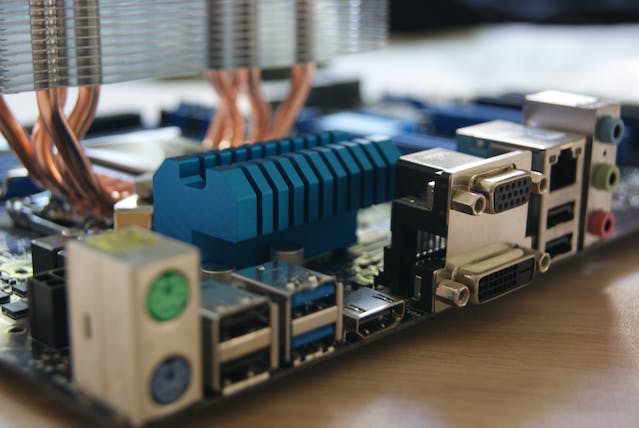In the realm of networking, Ethernet stands out as a fundamental and ubiquitous technology that forms the backbone of wired connectivity. Whether you’re browsing the web, streaming videos, or engaging in online gaming, chances are you’re relying on Ethernet to facilitate a seamless and reliable connection. In this blog post, we’ll delve into the basics of what is an ethernet, exploring its history, key characteristics, and its role in modern networking.
The Origin of Ethernet:
Ethernet, born in the early 1970s, was the brainchild of Robert Metcalfe and his team at Xerox PARC. The initial goal was to create a local area networking (LAN) system to connect computers within a limited geographical area. The name “Ethernet” itself is a nod to the luminiferous ether, a once-believed medium that filled the universe and allowed light to propagate.
Key Characteristics of Ethernet:
- Cabling: Ethernet relies on various types of cables for data transmission. The most common ones include twisted pair cables (like Cat5e and Cat6) and fiber-optic cables. The choice of cable depends on factors such as distance, bandwidth requirements, and environmental considerations.
- Protocols: Ethernet operates based on a set of protocols that govern data communication. The most prevalent standard is IEEE 802.3, which defines parameters such as frame format, addressing, and error handling. This standard ensures compatibility and interoperability among different Ethernet-enabled devices.
- Topology: Ethernet networks can be configured in different topologies, including star, bus, ring, and tree. However, the star topology, where each device connects to a central hub or switch, is the most common in modern Ethernet installations due to its scalability and ease of troubleshooting.
- Speeds and Versions: Ethernet has evolved over the years, with advancements in data transfer speeds. Common Ethernet speeds include 10 Mbps (megabits per second), 100 Mbps, 1 Gbps (gigabit per second), 10 Gbps, and beyond. Each speed improvement enhances network performance, allowing for faster data transfers.
- Half-Duplex and Full-Duplex: Ethernet supports both half-duplex and full-duplex communication. In half-duplex mode, devices can either send or receive data at a given time, while in full-duplex mode, devices can transmit and receive simultaneously, improving overall network efficiency.
The Role of Ethernet in Modern Networking:
Ethernet has become the standard for wired networking in homes, offices, data centers, and beyond. Its reliability, scalability, and cost-effectiveness have contributed to its widespread adoption. Here are some key areas where Ethernet plays a crucial role:
- Local Area Networks (LANs): Ethernet forms the backbone of LANs, connecting computers, printers, and other devices within a limited geographic area. It enables seamless communication and resource sharing among devices on the same network.
- Internet Connectivity: The majority of homes and businesses connect to the internet via Ethernet. Internet Service Providers (ISPs) often deliver their services using Ethernet technology, providing users with reliable and high-speed internet access.
- Data Centers: In data centers, where large volumes of data are processed and stored, Ethernet is instrumental in interconnecting servers, storage devices, and networking equipment. High-speed Ethernet links ensure efficient data transfer within these critical environments.
- Industrial Applications: Ethernet is increasingly being adopted in industrial settings for real-time control and automation. It facilitates communication between sensors, controllers, and other devices, contributing to the growth of the Industrial Internet of Things (IIoT).
Conclusion:
Ethernet, with its rich history and constant evolution, continues to be the linchpin of wired networking. From its humble beginnings at Xerox PARC to its current role in powering the digital age, Ethernet has proven to be a reliable and versatile technology. As we look to the future, Ethernet will likely remain at the forefront of innovations in networking, ensuring that our connected world stays fast, efficient, and interconnected.
